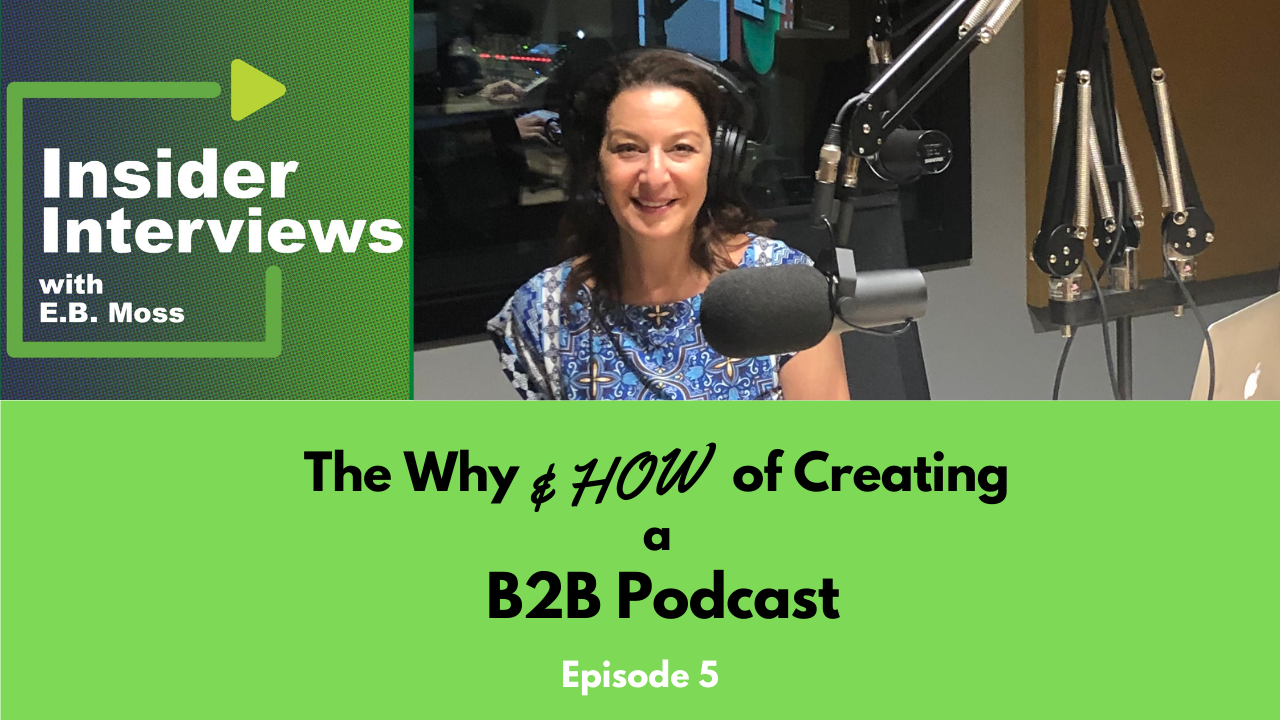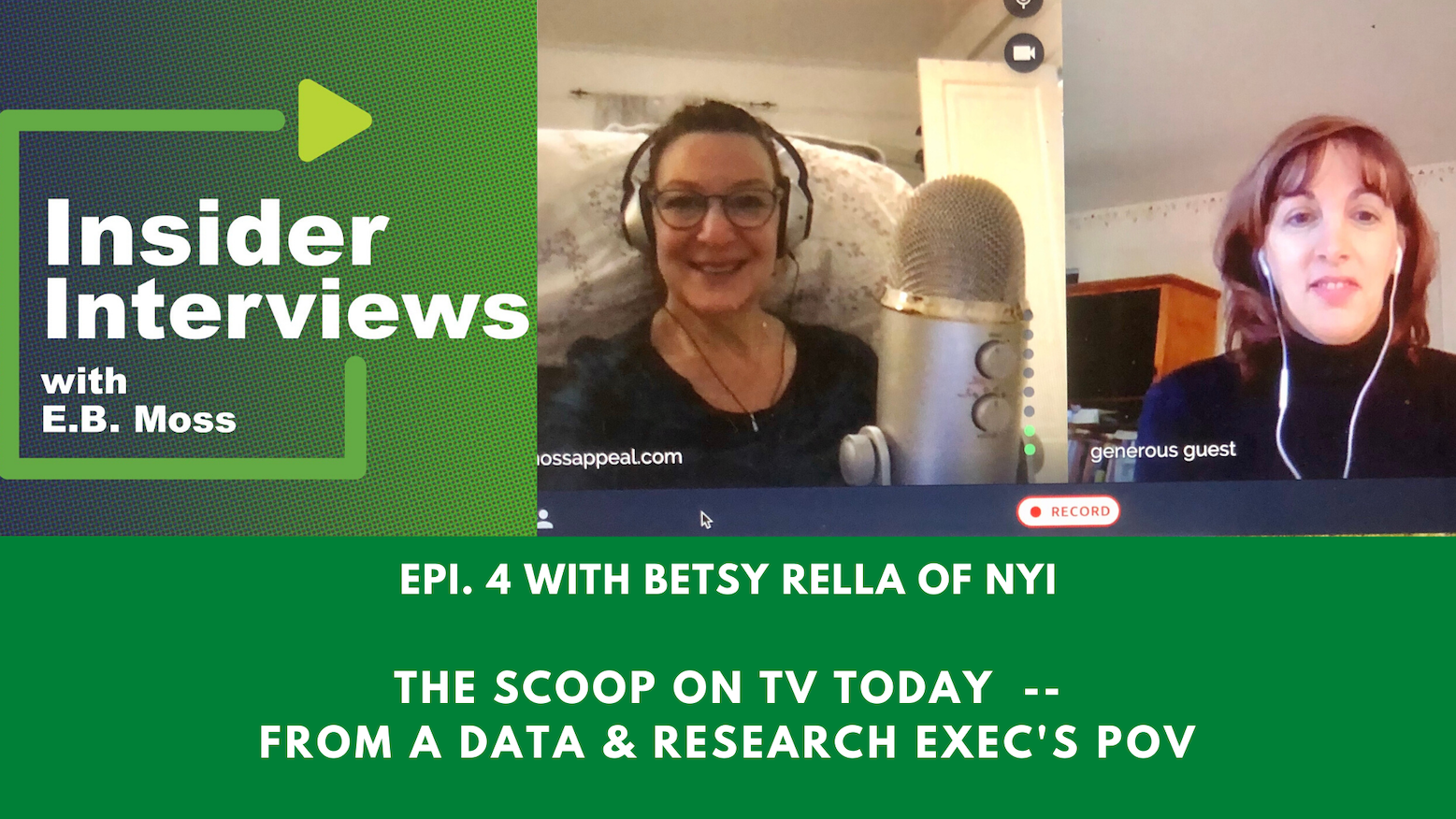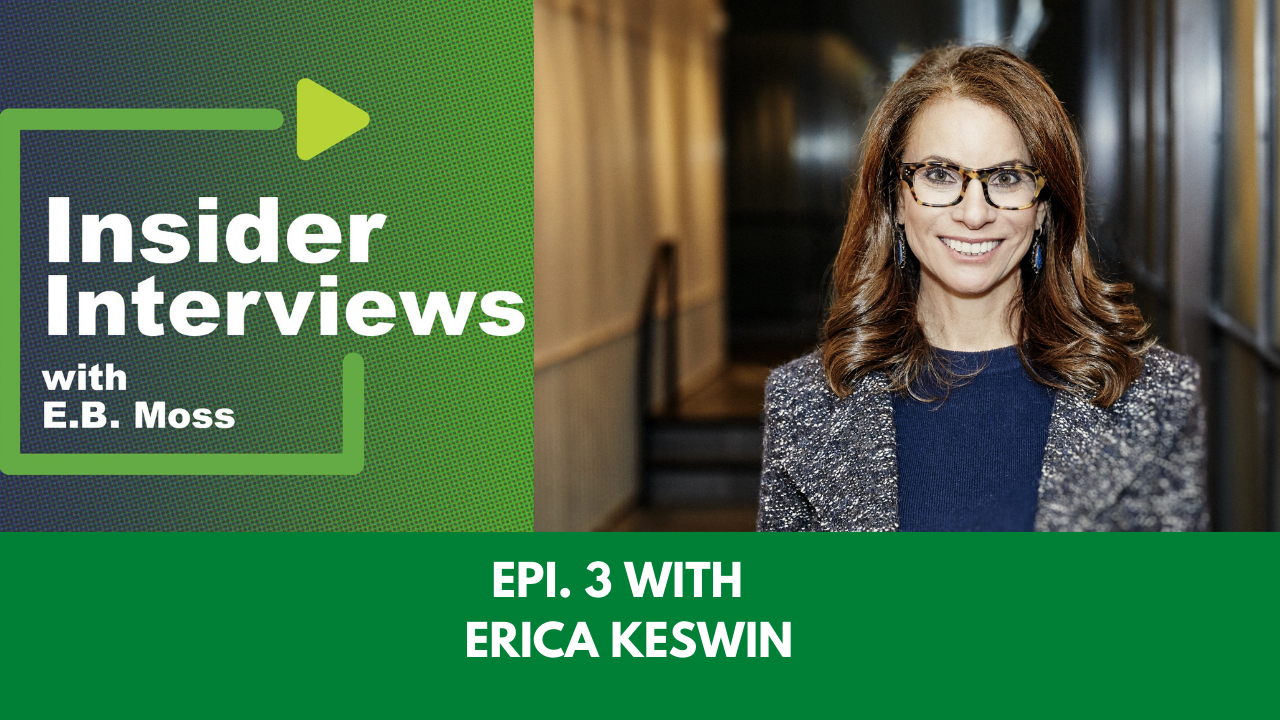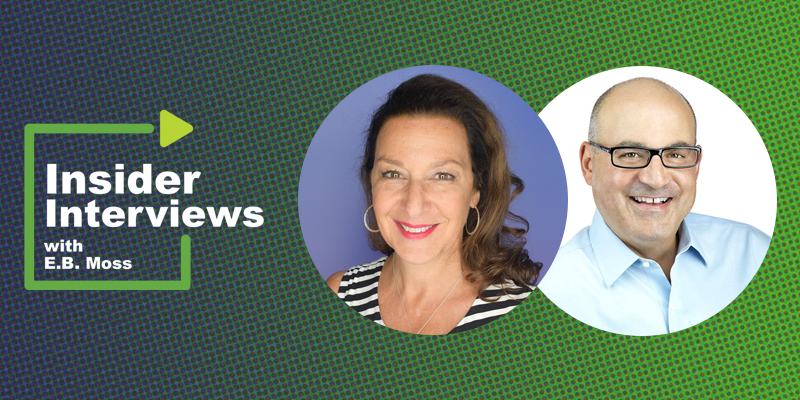The Why and How of B2B Podcasts – a 15 Minute Download
Podcast: Play in new window | Download (Duration: 14:23 — 13.2MB) | Embed
Subscribe or Follow Spotify | Android | Pandora | iHeartRadio | TuneIn | Deezer | RSS | More
Those tracking the uptake of podcasting, such as Triton, Edison Research and Podtrac, have encouraged advertisers to embrace the medium, especially since it hit critical mass of 100 million+ monthly listeners! But what about brands who want their OWN podcast for B2B purposes? In 15 minutes I’ll walk you through the WHY and the HOW […]

